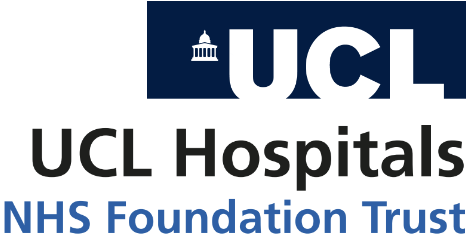
Contract tracing apps used to reduce the spread of COVID-19 are unlikely to be effective without proper uptake and supported by concurrent control measures, finds a new study led by the UCL Virus Watch team.
The systematic review*, published in Lancet Digital Health, found 15 relevant articles by reviewing more than 4,000 articles of automated and partially-automated contact tracing, and analysed these to understand the potential impact these tools could have in controlling the COVID-19 pandemic.
Researchers conclude the evidence around the effectiveness of automated contact tracing systems is currently very limited, and large-scale manual contact tracing alongside other public health control measures is likely to be required in conjunction with automated approaches.
Dr Robert Aldridge (UCL Institute of Health Informatics) from the Virus Watch Study team said: “We currently do not have good evidence about whether a notification from a smartphone app is as effective in breaking chains of transmission by giving advice to isolate due to contact with a case of COVID-19 when compared to advice provided by a public health contact tracer. We urgently need to study this evidence gap and examine how automated approaches can be integrated with existing contact tracing and disease control strategies, and generate evidence on whether these new digital approaches are cost-effective and equitable.”
Dr Isobel Braithwaite (UCL Institute of Health Informatics) said: “Across a number of modelling studies, we found a consistent picture that although automated contact tracing could support manual contact tracing, the systems will require large-scale uptake by the population and strict adherence to quarantine advice by contacts notified to have a significant impact on reducing transmission.”
This new research was covered by the Financial Times (£), Telegraph (£), Independent, Mail Online, Metro, Express, Yahoo! News.
*A systematic review carefully identifies all the relevant published and unpublished studies, rates them for quality and synthesises the studies’ findings across the studies identified.
